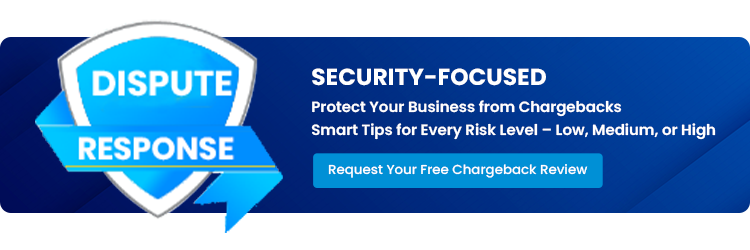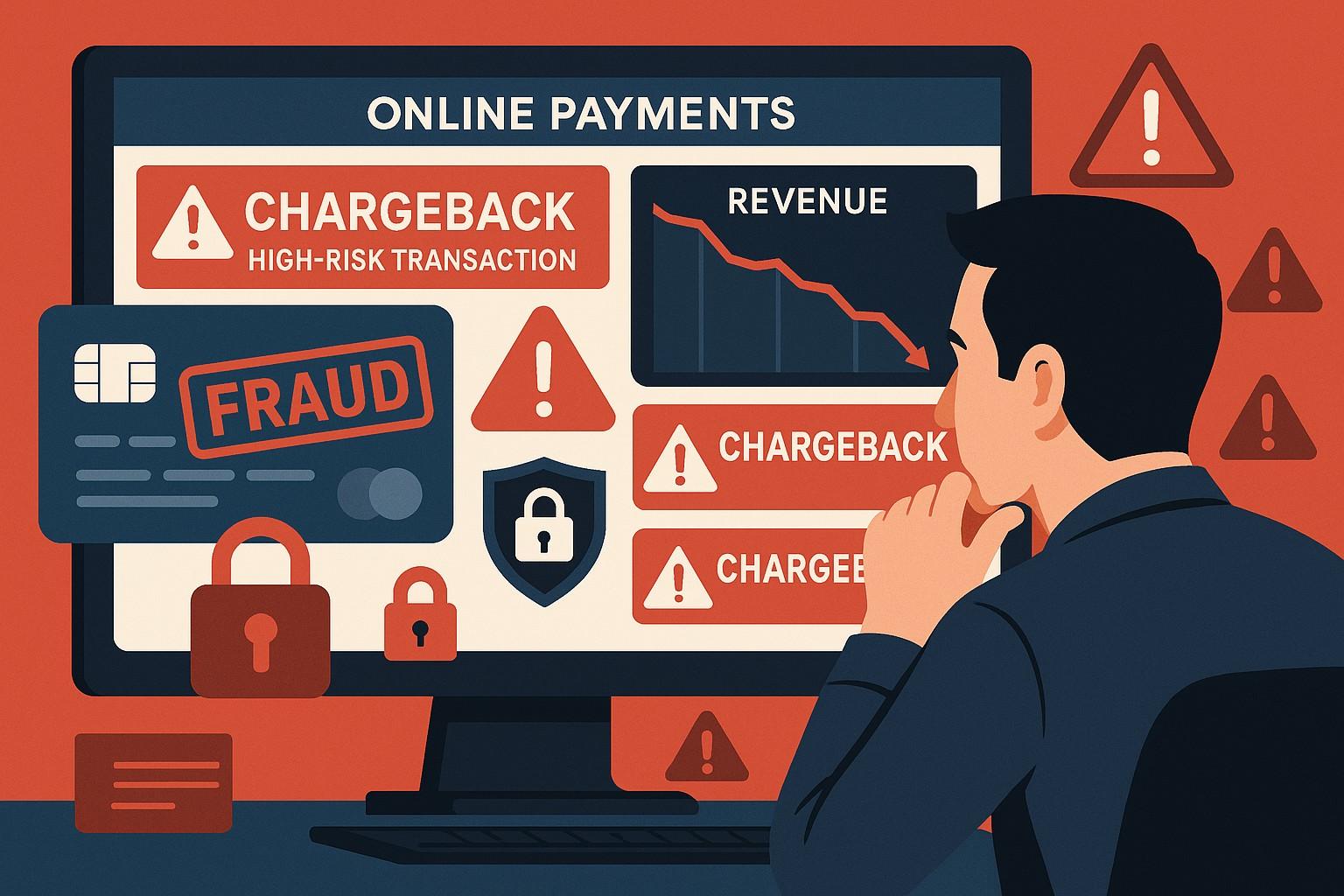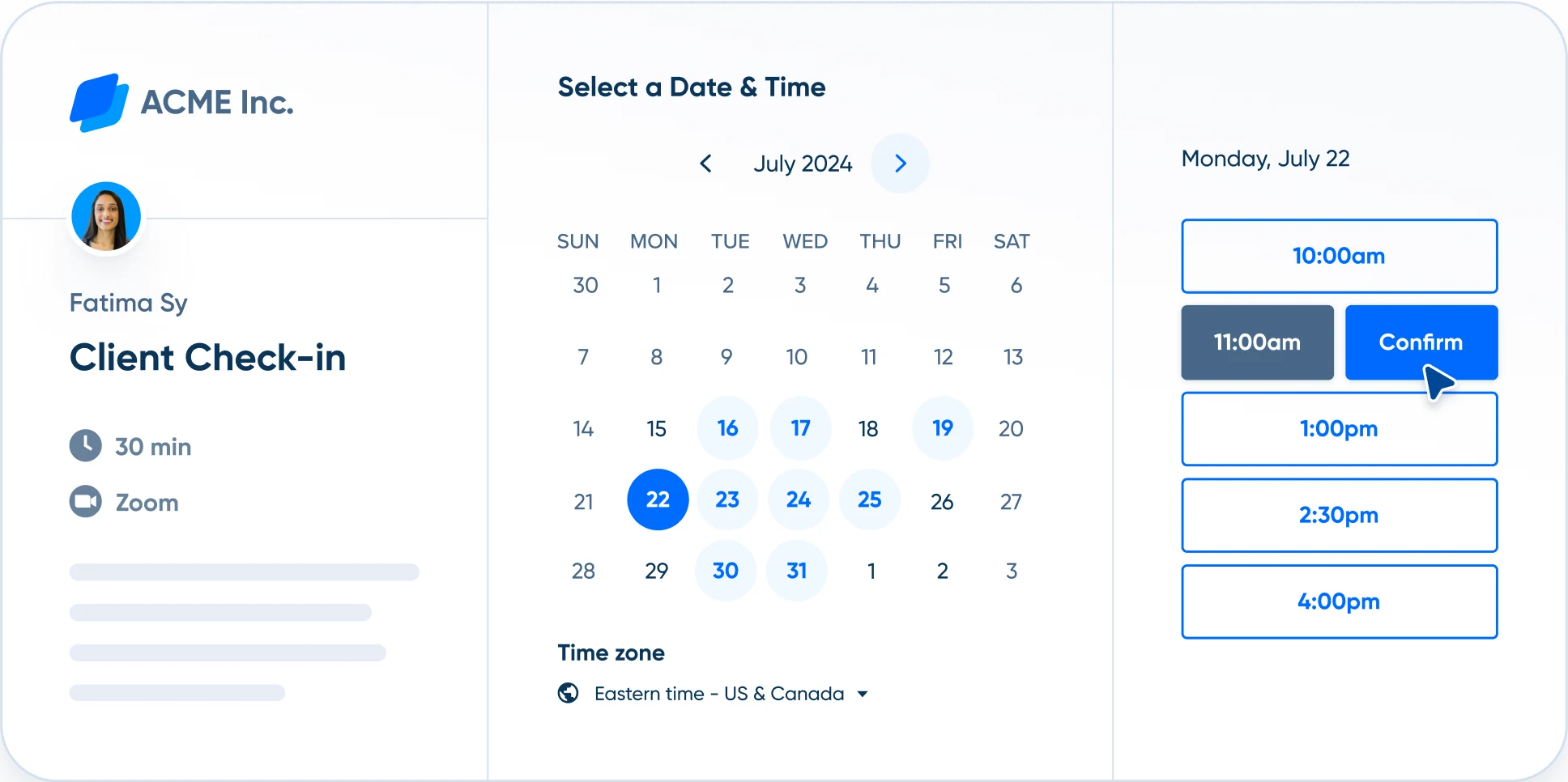Chargeback Management Services - Dispute Response Aug/ 13/ 2025 | 0
Chargebacks were originally designed to protect consumers from fraud. But in 2025, this system is being exploited by bad actors and even everyday shoppers—turning into a rising epidemic known as chargeback abuse. For U.S. businesses, particularly those in ecommerce, the consequences can be devastating.
In this guide, we’ll explain what chargeback abuse is, how to identify it, and what proactive steps merchants can take to fight back.
What Is Chargeback Abuse?
Chargeback abuse—also called friendly fraud—occurs when a customer disputes a legitimate charge to get a refund without returning the product or canceling the service. While it can stem from genuine confusion, more often it’s intentional and costly for businesses.
Common Examples:
- A customer buys a product, receives it, and then disputes the charge claiming it was unauthorized.
- A subscriber claims they never received services—after using them.
- An impatient buyer files a chargeback instead of requesting a refund.
Why Chargeback Abuse Is Spreading in 2025
With the boom in ecommerce and digital payments, fraudsters now have more opportunities than ever. Several factors contribute to the growing problem:
- Lenient cardholder policies from banks and issuers
- Lack of awareness among consumers about how the dispute system works
- Delayed shipping or fulfillment issues, leading to impatient customers filing disputes
- Subscription billing confusion due to unclear cancellation policies
How It Affects Your Business
Chargeback abuse doesn’t just result in lost revenue. It can create a ripple effect that severely impacts operations.
The True Cost of Abuse:
- Lost merchandise or services
- Chargeback fees from your payment processor
- Increased risk status, making it harder to get merchant accounts
- Frozen funds or terminated accounts if ratios get too high
Signs You’re Dealing With Chargeback Abuse
Keep an eye out for these red flags:
- High volume of disputes from repeat customers
- Claims of “unauthorized” purchases despite signed receipts
- Disputes filed immediately after delivery confirmation
- Abnormal chargeback ratio compared to industry average
2025 Strategies to Prevent Chargeback Abuse
It’s no longer enough to react after a chargeback hits. The best approach is proactive prevention.
Steps You Can Take:
- Use chargeback prevention tools like Ethoca Alerts and Verifi CDRN
- Implement clear refund and return policies with easy access for buyers
- Ensure detailed billing descriptors so customers recognize your charges
- Document all transactions with tracking numbers, IP logs, and order confirmations
- Educate your support team on how to resolve issues before they escalate to disputes
- Work with a dispute management partner to monitor and respond to claims effectively

Email us anytime!
Email customer service 24/7

Call us anytime!
Reach customer care 24/7 at +1 (888) 927-5152
Final Thoughts
Chargeback abuse is more than just a nuisance—it’s a growing epidemic that puts your business at risk. By understanding the threat and applying the right tools and tactics, U.S. merchants can fight back and protect their bottom line in 2025.


